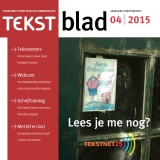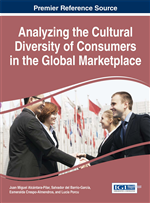 Social media allow consumers to easily share positive or negative information about a brand with other consumers, for instance through Twitter. Such Twitter use is a source of information that may affect the brand reputation. Therefore, it is important to gain more understanding of how Twitter is employed to evaluate brands and to communicate these evaluations with others. Previous research on Twitter use has shown that tweets about brands are more likely to be positive than negative. The present study integrates an agenda-setting perspective with studies on word-of-mouth and services marketing, which have suggested that this finding may be different for services than for goods. A quantitative content analysis of 1920 Dutch tweets for 24 different brands was performed. The analysis showed that services receive significantly more negative sentiment tweets than products. Implications of these results for monitoring consumers are discussed.
Social media allow consumers to easily share positive or negative information about a brand with other consumers, for instance through Twitter. Such Twitter use is a source of information that may affect the brand reputation. Therefore, it is important to gain more understanding of how Twitter is employed to evaluate brands and to communicate these evaluations with others. Previous research on Twitter use has shown that tweets about brands are more likely to be positive than negative. The present study integrates an agenda-setting perspective with studies on word-of-mouth and services marketing, which have suggested that this finding may be different for services than for goods. A quantitative content analysis of 1920 Dutch tweets for 24 different brands was performed. The analysis showed that services receive significantly more negative sentiment tweets than products. Implications of these results for monitoring consumers are discussed.
- Hornikx, J. & Hendriks, B. (2015). Consumer tweets about brands: A content analysis of sentiment tweets about goods and services. Journal of Creative Communications, 10 (2), 176-185. [link]



